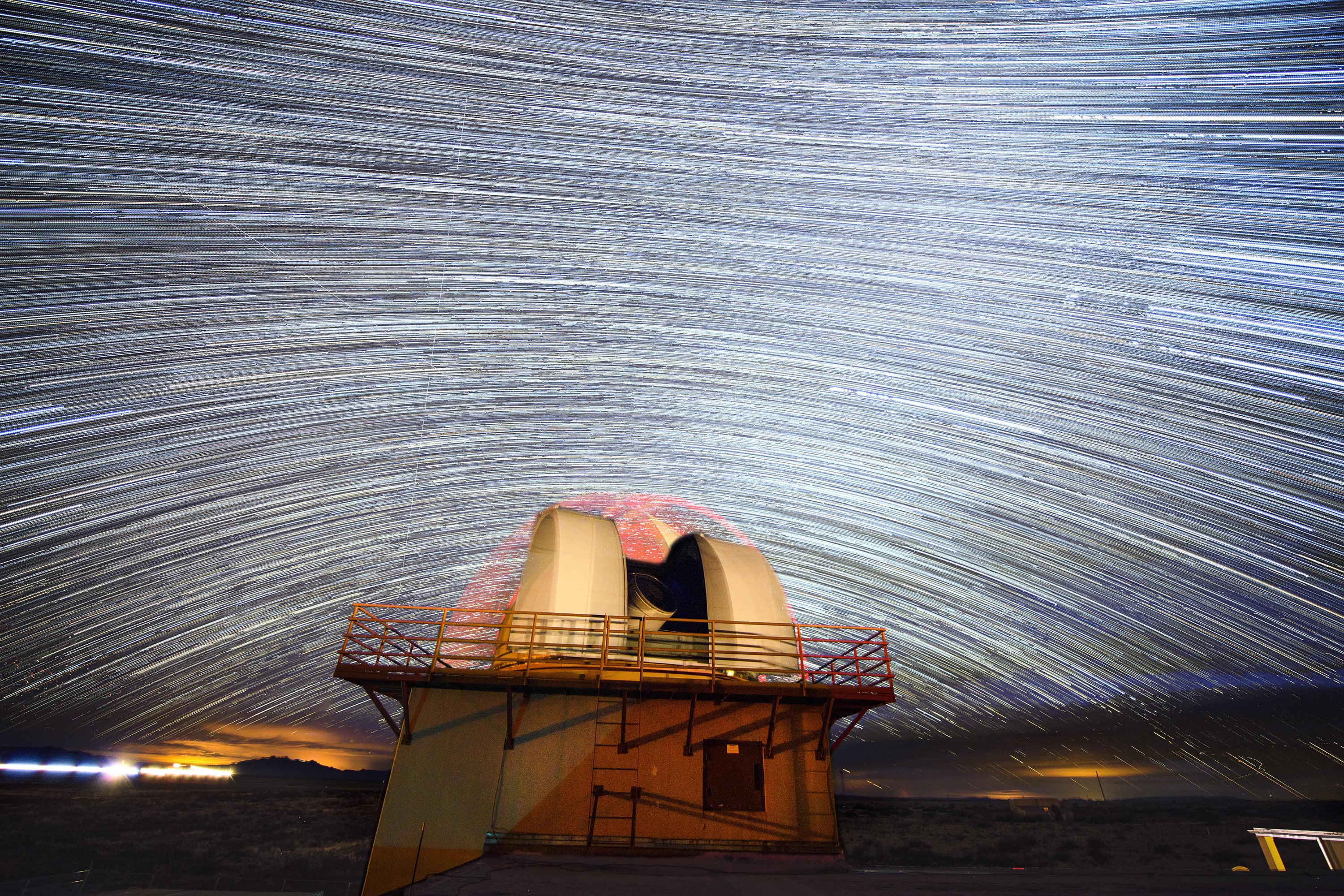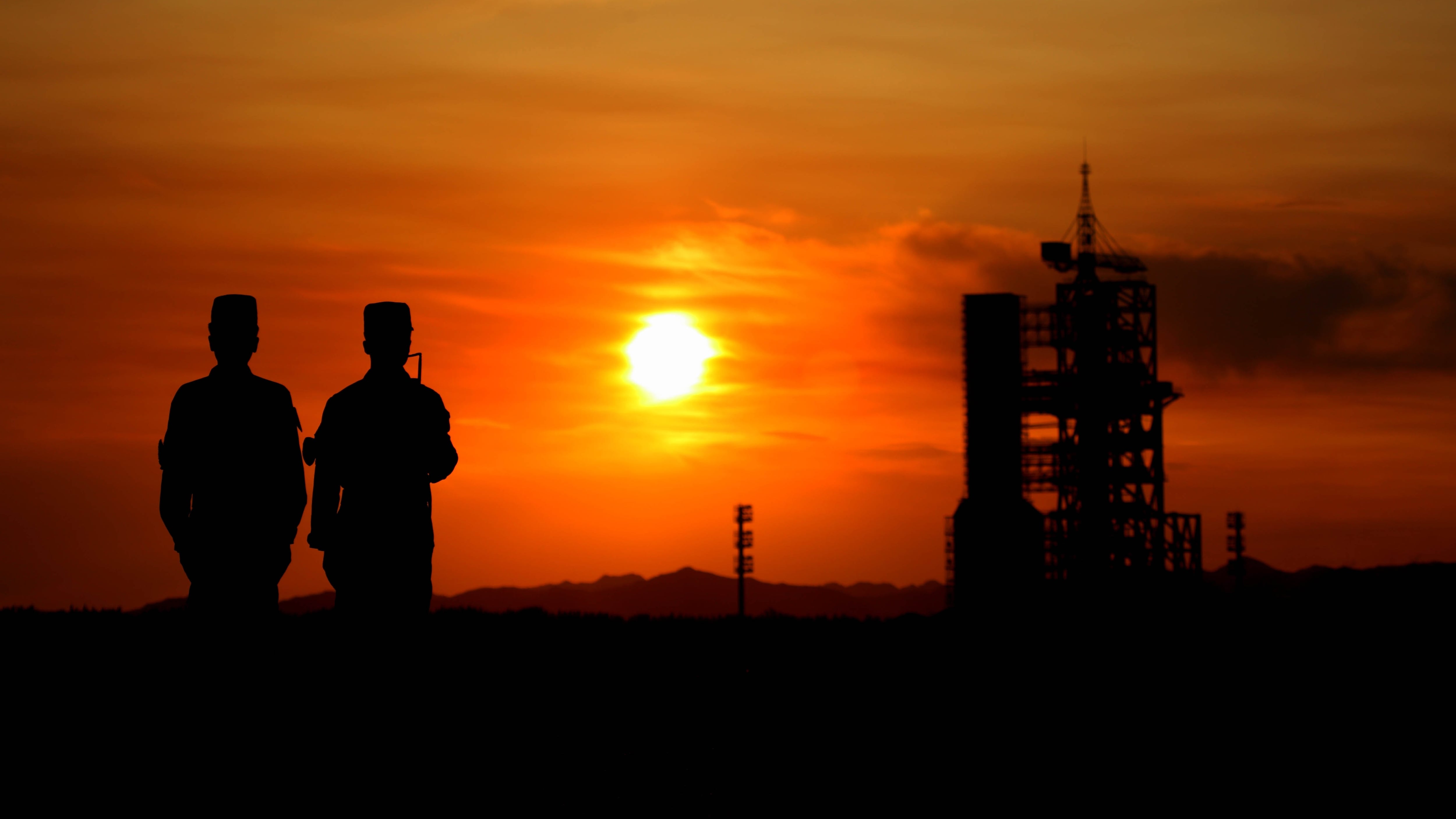COLORADO SPRINGS, Colo., and WASHINGTON — Deterrence was the watchword among U.S. Air Force leadership during last week’s Space Symposium, and officials stated in strong terms that the United States is prepared to enact a show of force to prove its ability to respond to threats in space.
“There may come a point where we demonstrate some capabilities so that our adversaries understand that they will not be able to deny us the use of space without consequences,” Air Force Secretary Heather Wilson told reporters during a Wednesday roundtable.
RELATED

“That capability needs to be one that’s understood by your adversary. They need to know that there are certain things we can do, at least at some broad level,” she said, adding that uncertainty was also a key component to deterrence. “How confident are they that they know everything we can do?”
Adversaries must understand that the U.S. military can — and will — react if its space assets are threatened during conflict, Air Force Chief of Staff Gen. Dave Goldfein said in his April 9 speech as the conference.
“It’s not enough to step into the ring and just bob and weave, block and parry, and absorb punches. At some point, we’ve got to hit back. And adversaries must know we possess this capability. So we’ll rapidly develop and field the technology needed to counter adversary systems from any domain at the time, place and manner of our choosing,” he said.
“Always the predator, never the prey.”
Goldfein and Wilson’s comments — quite possibly the strongest proclamations that the U.S. Air Force has given about its willingness to take offensive measures in space — came just weeks after India became the fourth country that has proven it can shoot down a satellite.
RELATED

During the March 27 test, India took down one of its own live satellites in low-Earth orbit using an anti-satellite missile launched from Earth, Indian Prime Minister Narendra Modi said.
India follows the United States, Russia and China in demonstrating an anti-satellite, or ASAT, capability.
China’s 2007 ASAT test also continues to be of concern to U.S. officials, with acting Defense Secretary Patrick Shanahan referring to China’s weapons development capabilities multiple times in his April 9 speech at Space Symposium.
RELATED

So what kind of technologies would the United States be willing to use in space to deter enemies from acting in ways that threaten U.S. space assets? On that point, Air Force leaders declined to give specifics.
“I see it as taking similar capabilities that we developed for other domains and applying them to space,” Goldfein told Defense News in an exclusive interview. “That’s probably as much as I could go into in terms of technologies.”
However, he noted that another way to deter adversaries is to strengthen bonds with allies and partners in space.
That was one of the goals of the first-ever air chiefs conference focused on space issues, held Thursday in Colorado Springs.
Australia, Canada, Denmark, France, Germany, Italy, Japan, the Netherlands, New Zealand, Norway, the United Kingdom and the United States attended the event, Goldfein said.
“One of the things that I shared with this set of chiefs is that we just happen to be here at the birth, we’re here at the creation of the transition from a benign environment to a more contested environment. And because we’re so early in the discussions, it presents us the opportunity to become more interoperable faster,” he said.
The idea for the conference grew from conversations Goldfein had with other air chiefs during the 2018 Space Symposium, and was intended to give participants a better sense of each country’s efforts in space, he said.
The attendees spoke about their commitment to the “responsible use of space,” but the subject of deterrence continued to be a hot topic, Goldfein added.
“We have every right to be confident that if a fight were to start today that we have what we need to collectively win. And we ought to be able to communicate that strongly,” he said.
However, he noted the importance of improving space situational awareness and of how the United States shares information about observations in space with its partners quickly enough to respond to threats.
Neither Goldfein nor Gen. Jay Raymond, head of Air Force Space Command, gave details on whether the event led to specific plans to ramp up international cooperation on military space issues.
However, Raymond noted areas of ongoing cooperation with foreign militaries such as the hosted payload programs with Japan and Norway, and the expansion of training exercises like the Schriever Wargame and Space Flag.
Valerie Insinna is Defense News' air warfare reporter. She previously worked the Navy/congressional beats for Defense Daily, which followed almost three years as a staff writer for National Defense Magazine. Prior to that, she worked as an editorial assistant for the Tokyo Shimbun’s Washington bureau.




